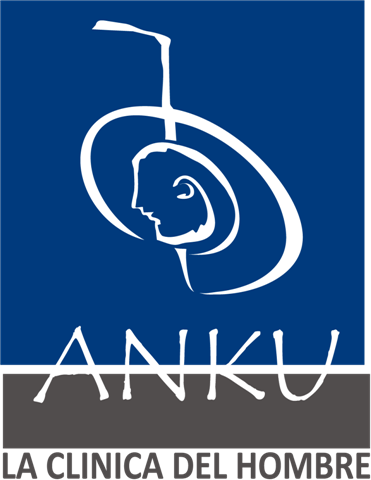Sexually Transmitted Infections (STIs), also known as Sexually Transmitted Diseases (STDs) or Venereal Diseases (VD) are diseases that are passed on from one person to another through sexual contact, and sometimes by genital contact – the infection can be passed on via vaginal intercourse, oral sex, and anal sex.
Some sexually transmitted infections can spread through the use of unsterilized IV drug needles, from mother to baby during childbirth or breastfeeding, and blood transfusions.
Sexually transmitted infections have been around for thousands of years.
Microorganisms that exists on the skin or mucus membranes of the male or female genital area can be transmitted, as can organisms in semen, vaginal secretions or blood during sexual intercourse.
The term “venereal disease” is much less used today, while “sexually transmitted diseases” is slowly giving way to “sexually transmitted infections”, because the last term has a broader range of meaning – a person can pass on the infection without having a disease (they do not have to be ill to infect other people).
The genital areas are generally moist and warm environments – ideal for the proliferation of yeasts, viruses and bacteria.
Examples of sexually transmitted infections (STIs) include:
- Chlamydia
- Chancroid
- Crabs (Pubic Lice)
- Genital herpes
- Genital warts
- Hepatitis B
- HIV/AIDS
- Human Papillomavirus (HPV)
- Trichomoniasis (parasitic infection)
- Molluscum Contagiosum
- Pelvic Inflammatory Disease (PID)
- Scabies
- Syphilis
- Syphilis, gonorrhea
- Trichomoniasis (Trich)
- Yeast infections



